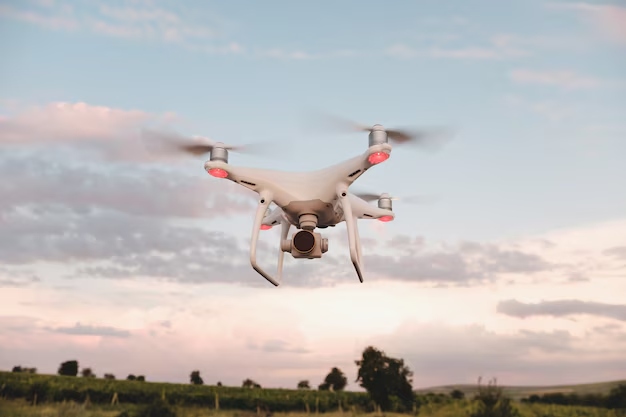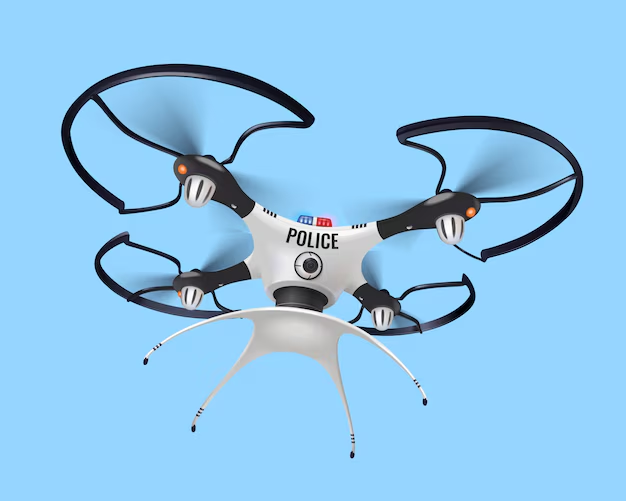
drone feminine gender
The world of technology and robotics has traditionally been dominated by masculine representations, yet recent trends reveal a shift towards a more nuanced understanding of gender in these fields. One intriguing area of this evolving discourse is the concept of gendering drones, particularly the exploration of the feminine gender in unmanned aerial vehicles (UAVs). This article delves into the implications of assigning a feminine gender to drones, examining the cultural, societal, and technological dimensions of this trend.
Historical Context of Gender in Technology
The intersection of gender and technology is not a new phenomenon. Historically, many technological innovations have been perceived through a masculine lens, often characterized by attributes such as strength, precision, and dominance. This masculine framing has influenced the design, development, and representation of technological devices, including drones. As a result, technological fields have often been gendered in ways that reflect broader societal attitudes towards gender roles and stereotypes.
The Rise of Feminine Representation in Technology
Recent shifts in technology and gender discourse have begun to challenge traditional gender norms. In the context of drones, there is a growing interest in exploring and incorporating feminine characteristics into the design and representation of UAVs. This shift reflects broader trends in technology that seek to balance traditionally masculine traits with more diverse and inclusive perspectives.
Feminine attributes, such as empathy, collaboration, and intuition, are increasingly recognized for their value in technological innovation. This recognition has led to a reconsideration of how drones and other technologies can embody or reflect these traits, whether through their design, functionality, or the roles they play in society.

Cultural and Societal Implications
Assigning a feminine gender to drones raises important cultural and societal questions. For instance, it challenges the stereotypical associations of technology with masculinity and introduces a new dimension to how technology is perceived and engaged with. This gendering can influence how people relate to and interact with drones, potentially leading to a more inclusive and diverse technological landscape.
Furthermore, the feminine representation of drones could impact the way these technologies are employed in various fields. For example, drones designed with feminine characteristics might be utilized in roles that emphasize care, assistance, and support, such as in humanitarian aid, environmental monitoring, or community outreach. This could lead to a broader range of applications and a more nuanced understanding of the potential uses of UAVs.
Technological Innovations and Feminine Design
The incorporation of feminine elements into drone design is not merely a symbolic gesture but can also influence practical aspects of technology. For instance, drones with a focus on collaboration and communication might integrate features that enhance their ability to work alongside human operators in a more intuitive and supportive manner. This could involve advancements in artificial intelligence, user interfaces, and sensor technologies that prioritize ease of use and empathetic interaction.
Moreover, the exploration of feminine design principles could lead to new approaches in drone aesthetics and functionality. This might include sleeker, more graceful designs, or functionalities that prioritize harmony and coordination. Such innovations could make drones more accessible and appealing to a wider audience, further promoting diversity and inclusion in the tech industry.
Challenges and Criticisms
Despite the potential benefits, the gendering of drones also presents challenges and criticisms. One concern is that assigning a feminine gender to technology might reinforce gender stereotypes rather than challenge them. It is important to ensure that such representations do not perpetuate limiting or reductive views of femininity but instead contribute to a more equitable and inclusive technological landscape.
Additionally, there is a risk of superficial engagement with gender issues, where the focus on feminine design elements might overshadow more substantive efforts to address gender disparities in the tech industry. Ensuring that gender diversity is reflected in all aspects of technology, from design to leadership, is crucial for fostering genuine and lasting change.
Conclusion
The exploration of feminine gendering in drones represents a significant step in the broader conversation about gender and technology. By challenging traditional masculine frameworks and incorporating diverse perspectives, the tech industry can foster a more inclusive and innovative environment. As drones continue to evolve and integrate into various aspects of society, the consideration of feminine attributes and perspectives will play a vital role in shaping their future. Through thoughtful and intentional design, the potential of drones to embody and reflect diverse gender experiences can contribute to a richer and more equitable technological landscape.








